The 11 Coolest Hyper-Converged Infrastructure Products Of 2017 (So Far)

Hyper-Converged Infrastructure In Hyperdrive
The hyper-converged infrastructure market is not only growing fast, it is changing fast. While some vendors are content to emphasize the hardware and software capabilities of their appliances, which is fine because this is a market that is still going through its growth spurt, others are starting to branch away into new areas. Nutanix, for instance, at its recent .NEXT conference, did not introduce a new version of its hyper-converged infrastructure appliance, but instead unveiled new ways to embrace the technology in the cloud. And NetApp, in its initial hyper-converged infrastructure offering, focused on its SolidFire all-flash storage technology and its position as a leading provider of storage that spans on-premises and cloud.
CRN has collected information on 11 of the coolest hyper-converged infrastructure offerings introduced in the first half of 2017. This list is unique also in the fact that it was limited to offerings that allowed the running of general-purpose applications, rather than just simple storage functionality.
(For more on the "coolest" of 2017, check out "CRN's Tech Midyear In Review.")
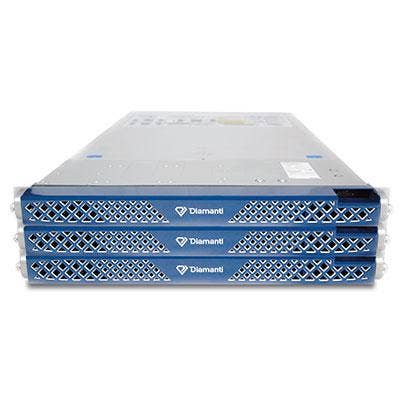
Diamanti D10
New this year is the Diamanti D10 rack-mounted appliance from San Jose, Calif.-based Diamanti, which offers virtualized container networking and storage with integration of Docker and Kubernetes. The D10 can be up and running in under 15 minutes ready to run bare-metal Docker containers with guaranteed levels of performance, the company said. Four of the most popular use cases include self-service Docker container infrastructure for developers as a private container cloud; automated, converged I/O with Docker, Kubernetes and Mesos; fast data infrastructure to deploy databases with Docker, Kubernetes and Mesos in seconds with guaranteed service levels; and an elastic DevOps pipeline for a seamless Kubernetes and Mesos DevOps experience from development to production.
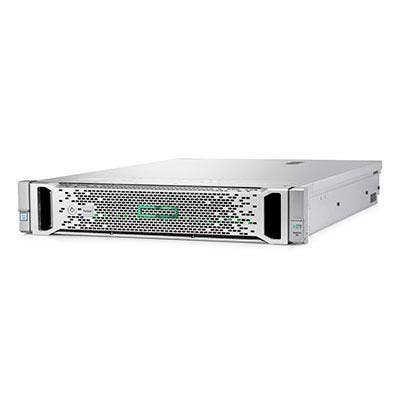
HPE SimpliVity 380
The HPE SimpliVity 380 integrates the SimpliVity OmniStack software that Hewlett Packard Enterprise acquired earlier this year to unify compute, storage services and networking in a single HPE ProLiant DL380. Available since April, the HPE SimpliVity 380 offers a full suite of traditional IT functions including WAN optimization, unified global VM-centric management, data protection, cloud integration, built-in backup, disaster recovery, caching and scale-out capabilities. In-line deduplication, compression and optimization are applied to all data at inception.
Available in three versions, the HPE SimpliVity 380 can be clustered to form a shared resource pool with high availability, mobility, and performance and capacity scaling. The HPE SimpliVity HyperGuarantee promises customers 90 percent capacity savings across storage and backup combined, relative to comparable traditional solutions.
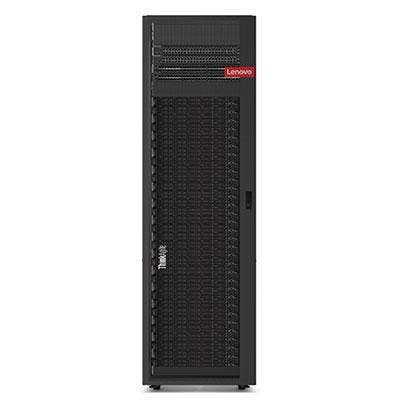
Lenovo ThinkAgile SX Series for Nutanix
Lenovo, Research Triangle Park, N.C., in June unveiled the Lenovo ThinkAgile SX for Nutanix, a turnkey hyper-converged rack-scale offering. The Lenovo ThinkAgile SX for Nutanix, which combines the Lenovo ThinkAgile HX appliances and Lenovo ThinkAgile networking with Nutanix's software stack, is pre-integrated, racked, wired and provisioned in Lenovo factories.
Other Lenovo value-adds to the offering are ThinkAgile Network Orchestrator to simplify virtual machine administration and reduce errors and network interruptions, Lenovo XClarity integrated with Nutanix Prism to simplify end-to-end management, and the Lenovo ThinkAgile Advantage service and support offering.
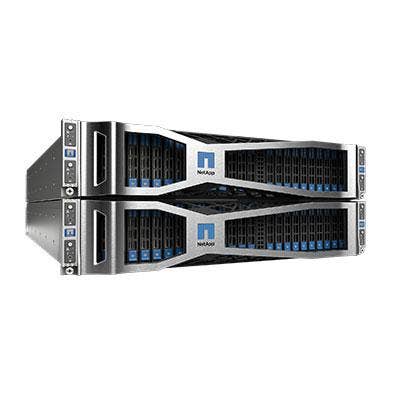
NetApp HCI
NetApp, Sunnyvale, Calif., in June introduced its first hyper-converged infrastructure offering, the NetApp HCI, which is based heavily on NetApp's SolidFire all-flash storage technology. The NetApp HCI is targeted at enterprises, midsize businesses and service providers looking to consolidate workloads, scale in ways that won’t strand resources, and provide greater performance for next-generation applications.
NetApp HCI includes the ability to set the quality of service at the application level, scale compute and storage resources independently in 1U increments, and automate and streamline management. It is Data Fabric ready so users can access data across any cloud, and features integration with technology from such partners as Commvault, Intel, MongoDB Enterprise, Veeam and VMware.
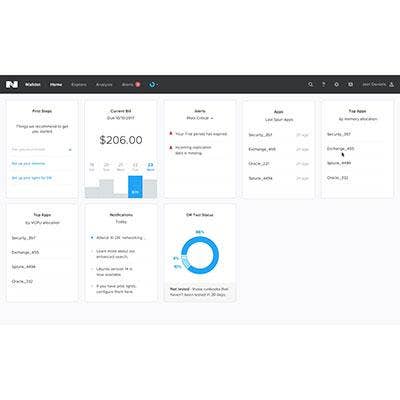
Nutanix Expands Enterprise Cloud OS
San Jose, Calif.-based Nutanix in June enhanced its Enterprise Cloud OS software which extends its hyper-converged infrastructure across on-premises and public clouds.
New to Enterprise Cloud OS is Nutanix Xi Cloud Services, which extends data center services to the cloud via the company's Prism centralized data center infrastructure management software. The first Nutanix Xi Cloud Service, expected to be available early next year, is Xi Cloud Disaster Recovery. It takes advantage of Nutanix's own cloud, and also is expected to run natively in the Google Public Cloud. Also new is Nutanix Calm, a single software fabric that lets customers define and publish applications in the form of blueprints that can then be provisioned across different cloud environments.
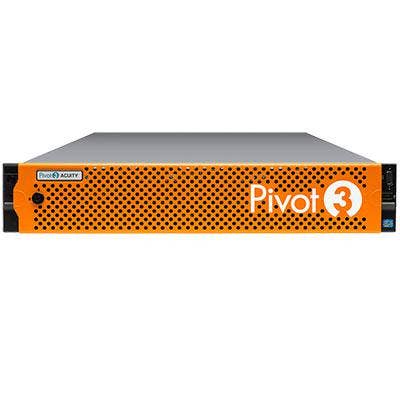
Pivot3 Acuity
Acuity from Austin, Texas-based Pivot3, unveiled in April, is claimed to be the industry’s first priority-aware and policy-based hyper-converged infrastructure offering with NVMe PCIe flash performance, giving customers the ability to consolidate multiple mixed-application workloads onto a single infrastructure. Acuity offers policy-based simplicity and priority-aware intelligence thanks to its quality of service engine integrated with multi-tier architecture to provide pre-defined performance and user-defined data protection policies to meet service-level agreements in mixed workload environments, automatic workload prioritization and real-time multi-tier data placement, self-management, and a policy scheduler. Acuity’s policy-based management engine was optimized for NVMe PCIe flash performance for such workloads as databases, enterprise applications, business analytics and virtual desktop infrastructure.
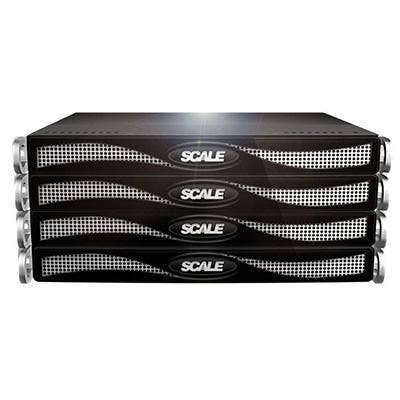
Scale Computing
Scale Computing continues to push the price performance technology envelope in the hyper-converged mid-market with two new appliances- the HC1150DF and HC5150D.
The two superstar additions to the product portfolio offer big increases in flash storage and overall storage capacity. The HC5150D, in fact, has triple the storage capacity of the 1150 with 77 terabytes of hybrid flash storage.
The appliances run a new version of Scale's breakthrough HyperCore software which now includes deduplication for even greater storage capacity.
Partners say the new appliances and HyperCore software release offerings continue the company's long time commitment to delivering the no holds best price performance in the mid-market. Add to that the company's highly regarded multi-tiered channel program and you have a winning combination.
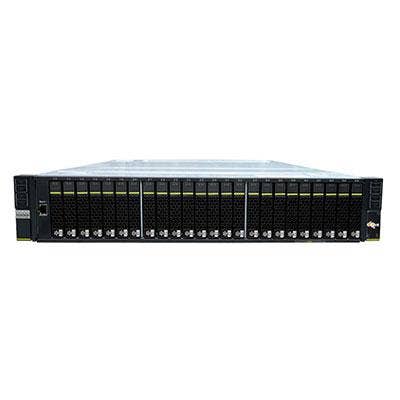
Sphere 3D HVE ConneXions
The HVE hyper-converged appliances from Sphere 3D were unveiled in April and feature the San Jose, Calif.-based company's Manageable, Scalable, Reproducible, and Predictable (MSRP) architecture, which targets simplified application and workload deployments. The HVE STACK leverages VMware vSAN, and can be configured with all SSD or NVMe based storage. HVE also offers virtual desktop infrastructure nodes that can deliver GPU and non-GPU accelerated workloads from 50 to 200 desktops per appliance. Using HVE’s Desktop Cloud Orchestrator (DCO), customers can deploy cluster-less virtual desktops for small businesses and branch office locations. HVE ready nodes for Datrium and HVE Snapconverged appliances are also options for expanding the storage capabilities.
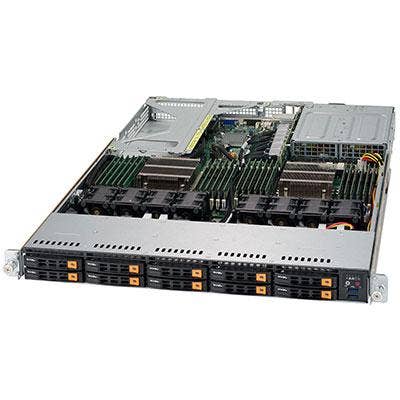
Supermicro HCI Solution SYS-1028U-S2D
San Jose, Calif.-based Supermicro’s SYS-1028U-S2D, unveiled in June, is a pre-validated, highly dense all-NVMe platform that leverages Windows Storage Spaces Direct (S2D) as its operating system. This Microsoft-certified offering bundles four 1U Supermicro SYS-1028U-TN10RT+ Ultra servers with all required software licenses and cables to support up to 40 virtual machines per node. Each node includes dual Intel Xeon E5-2600 v4 processors, 128 GB of DDR4 memory, and NVMe SSDs, and offers over 3 million IOPS in a 4U rack space.
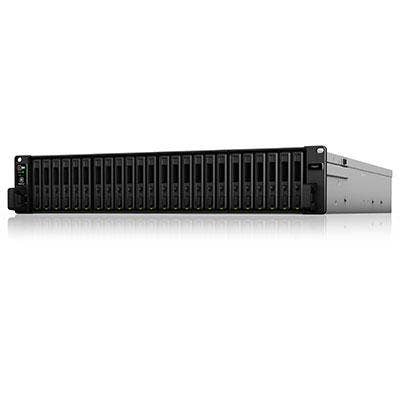
Synology FlashStation FS2017
The FlashStation FS2017 from Taipei, Taiwan-based Synology, introduced in April, is an all-flash, 24-bay rackmount NAS appliance powered by an eight-core Intel Xeon processor delivering up to 90,000 4K random write IOPS. The built-in DiskStation Manager (DSM) operating system offers access to Synology’s catalog of over 100 add-on software applications including support for running virtual machines, running applications in Docker containers, converged video surveillance management, mail serving, and a wide range of storage services including snapshot replication, off-site disaster recovery, and cross-site file syncing. The storage capacity scales up to 72 drives with the addition of two RX2417sas expansion units.
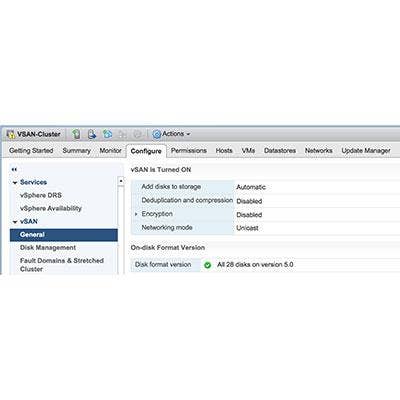
VMware vSAN 6.6
vSAN 6.6, introduced in April, is the latest iteration of Palo Alto, Calif.-based VMware's Virtual SAN storage virtualization software that is at the base of VMware's vSAN Ready Nodes and Dell EMC's VxRail hyper-converged infrastructure offerings. vSAN 6.6 take advantage of experience in VMware's vSphere virtualization infrastructure and skills. It includes native software-defined, data-at-rest encryption, and allows the deployment stretched clusters to help provide resiliency against both site and local component failures.
For partners, vSAN 6.6 includes a new sizer tool to help streamline hardware selection, as well as a non-disruptive assessment tool to help evaluate real-world workloads. Partners also get stacked partner margins for both vSphere and vSAN licenses.